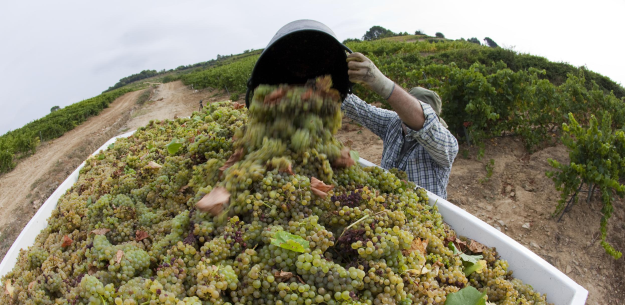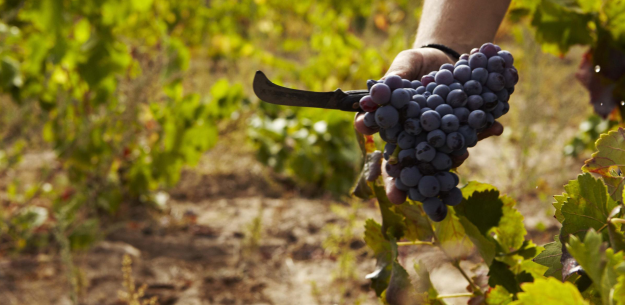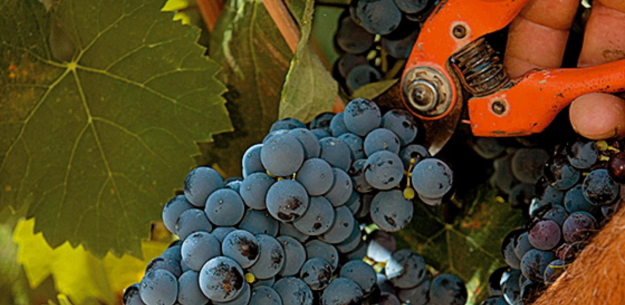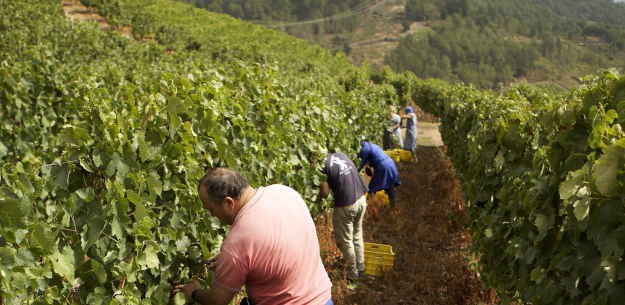.png.transform/rendition-xs/image_image%20(1).png)
Wine Harvest Time for Spanish Wine
The rigors of climate change are causing the wine grape harvest to commence earlier and earlier each year. This year, some wine makers from DO Montilla-Moriles began harvesting their first grapes in late July – a significant landmark in Spanish viticulture. Let's take a look at this and other interesting facts about the Spanish grape harvest
1. Earlier every year
We are slowly getting used to the fact that, year after year, winegrowers and Denominations of Origin are announcing earlier start dates for the grape harvest. This is one of the consequences of climate change, which is why we were not surprised to hear that the harvests in Jerez and Montilla-Moriles got underway in late July this year. In other, milder areas, like the province of Tarragona (Catalonia), the harvest started at the end of August, while in places like DO Bierzo (Castile-León), where it is cooler still, some winegrowers began this key annual event in the middle of August.
2. The "heroic" harvests in Ribeira Sacra, Priorat and Axarquía
The mechanical harvesting of wine grapes is common in many Spanish production areas, but there are other regions where winegrowers have to carry out their harvests in virtually the same way that their forbearers once did: completely by hand. There are two main reasons for this. On the one hand, many professional agriculturalists want to maintain the tradition of treating their grapes with the utmost care; and on the other, there are those who cannot do things any other way, given the steep terrain of their vineyards. This occurs, for example, with the vineyards of Ribeira Sacra (Galicia), the terraced licorellas (slate soils) of Priorat (Catalonia), and the mountain vineyards of Axarquía in Andalusia. Pure harvest heroics.
3. The volcanic wines of La Geria
The traditional system of grape cultivation on the island of Lanzarote is proof of how grape vines can adapt to volcanic soils. It is also testament to the challenges of winegrowing in the path of the typical trade winds of the Canary Islands. Grapes are still harvested by hand in the island's vineyards, because the walls that shelter the grapes make using machinery impossible. In La Geria, there is an annual wine festival that reminds us of the fact that, not so many years ago, the grape harvest was carried out with the help of some tireless workers... camels!
4. Battling the wind
Everyone knows that rainfall before and during the harvest can put an entire year's work in jeopardy, but in some Spanish wine regions, the true enemy of winegrowers is actually the wind. Agriculturalists in some areas of the DO Empordà region in Girona (Catalonia) frequently recall having seen wooden boxes filled with bunches of grapes flying off the ground during the harvest thanks to the much-feared Tramuntana, a strong wind that has been known to ravage this beautiful expanse of vineyards.
5. Night harvests
More and more wineries are catching on to the trend of night harvesting. There are two sides to this practice. For one, it is a powerful marketing tool for attracting tourists who want to witness a different way of harvesting. Additionally, there are professional reasons for why night harvesting is an attractive option. Cooler nighttime temperatures mean that the grapes are slightly firmer, and therefore arrive to the winery more intact. These cooler temperatures also help keep the enzymatic activity of the grapes much more stable, while preventing oxidation and better maintaining their freshness and aromas– something which can yield higher-quality wines.
6. Ice wines
The practice of making ice wines in Spain is relatively new. Until just a few years ago, wineries didn't put much stake in this wine style – so emblematic in countries like Canada and Germany. But there are always the courageous few who dare to try something new, and hence there are now some wineries in Spain that leave their grapes on the vines, waiting for the cold and frosts of winter to arrive. The grapes dehydrate and their sugars concentrate, before they are used to make the sweet ice wines.
7. What do you prefer, mechanical or manual harvesting?
We'll take both! Each method has its advantages and they are both employed towards a common goal: making quality Spanish wines. We'll leave you with this thought, in addition to two, videos that explain the characteristics of mechanical and manual harvesting.
Cheers!
We are slowly getting used to the fact that, year after year, winegrowers and Denominations of Origin are announcing earlier start dates for the grape harvest
Rodrigo García/©ICEX




- Image 1
- Image 2
- Image 3
- Image 4

